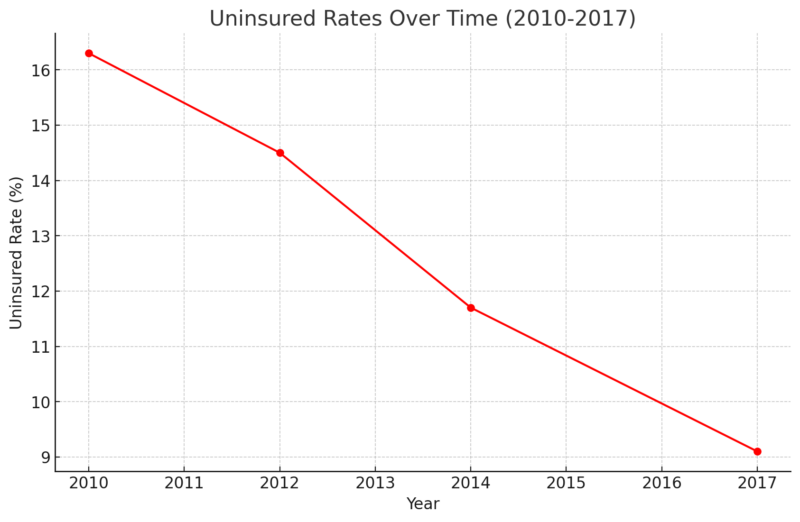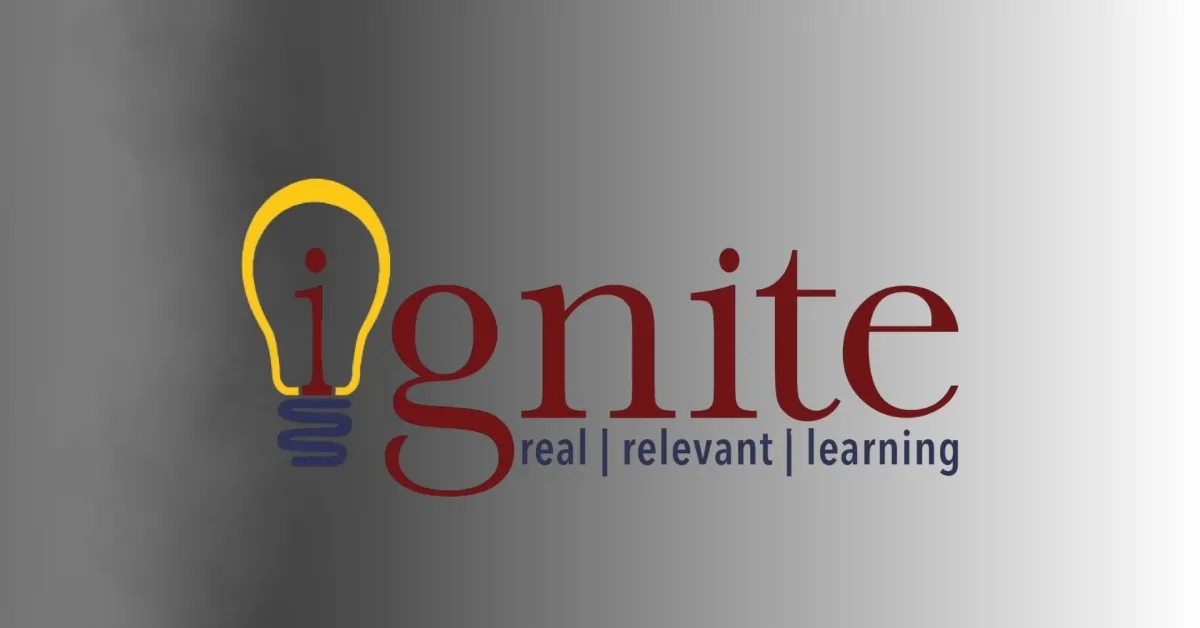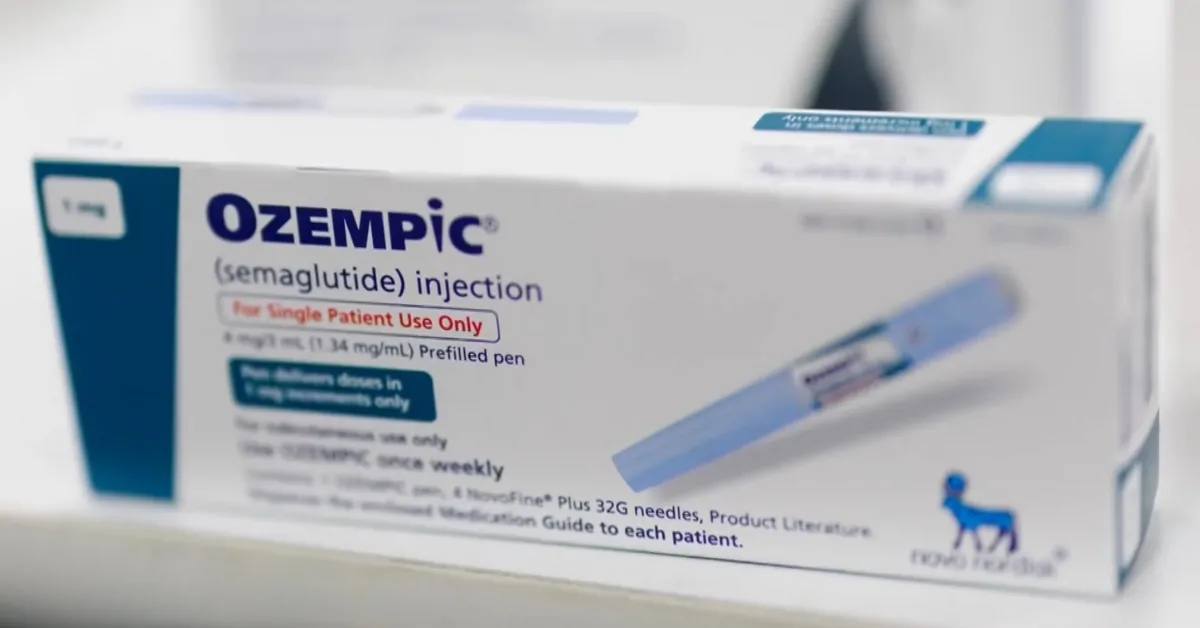The National Health Interview Survey’s early release of estimates for 2017 reveals significant shifts in health insurance coverage across the United States. According to Dr. Robin Cohen, Ph.D., Health Statistician and lead author of the report, the data highlights both progress and emerging concerns in the nation’s health insurance landscape.
In 2017, the number of uninsured individuals was 29.3 million, marking a substantial decrease of 19.3 million from 2010 levels. The uninsured rate stood at 9.1%, with 36.2% of the population covered by public insurance and 62.6% by private insurance.
Table of Contents
ToggleDisparities Among Race and Ethnicity
The survey data shows notable differences in insurance coverage across racial and ethnic groups. In 2017, the uninsured rates were 27.2% for Hispanic adults, 14.1% for non-Hispanic Black adults, 8.5% for non-Hispanic White adults, and 7.6% for non-Hispanic Asian adults aged 18–64.
While there were significant decreases in the uninsured rates for all groups from 2013 to 2017, Hispanic adults experienced the largest drop, from 40.6% in 2013 to 25.0% in 2016. The increase to 27.2% in 2017 was not statistically significant.
Rising High-Deductible Health Plans
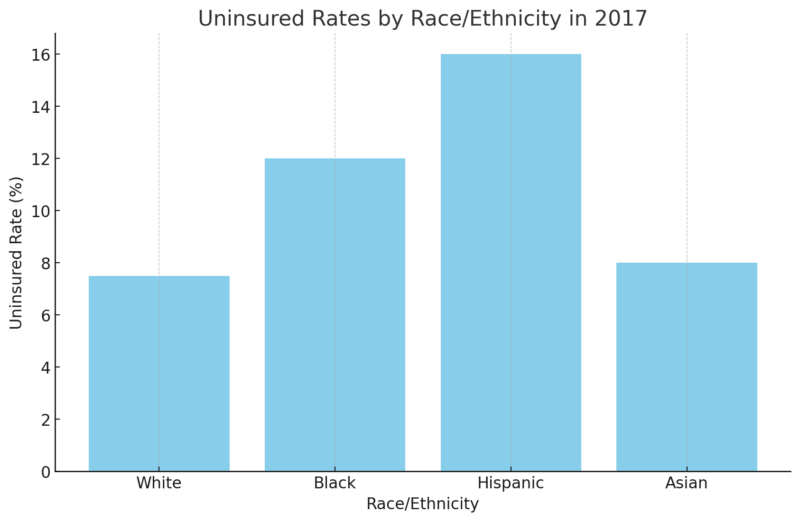
The data also highlights a growing trend in high-deductible health plans (HDHPs). In 2017, 43.7% of individuals under age 65 with private insurance were enrolled in an HDHP, an increase from 25.3% in 2010. This represents a rise of 18.4 percentage points over the period, with the percentage growing from 39.4% in 2016 to 43.7% in 2017.
Implications for Future Policy
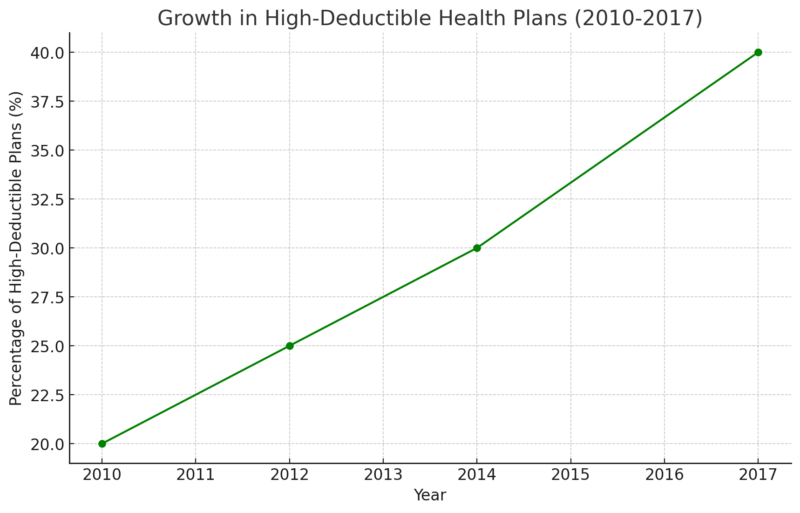
These trends suggest that while progress has been made in reducing the number of uninsured Americans, there are emerging challenges related to high-deductible plans. The increase in HDHP enrollment may lead to greater financial strain on families due to higher out-of-pocket costs.
Future health insurance policies will need to address these affordability issues to ensure comprehensive and accessible coverage for all Americans.
Related Posts:
- Updated National Survey Data on Unmet Mental Health…
- The State of Mortality in the United States in 2017…
- Why Over 25 Million Americans Are Still Uninsured…
- US Health Insurance System Is Driving Americans to the Brink
- Private vs. Public Health Insurance - Which Covers…
- US States With the Highest Homeowners Insurance…



